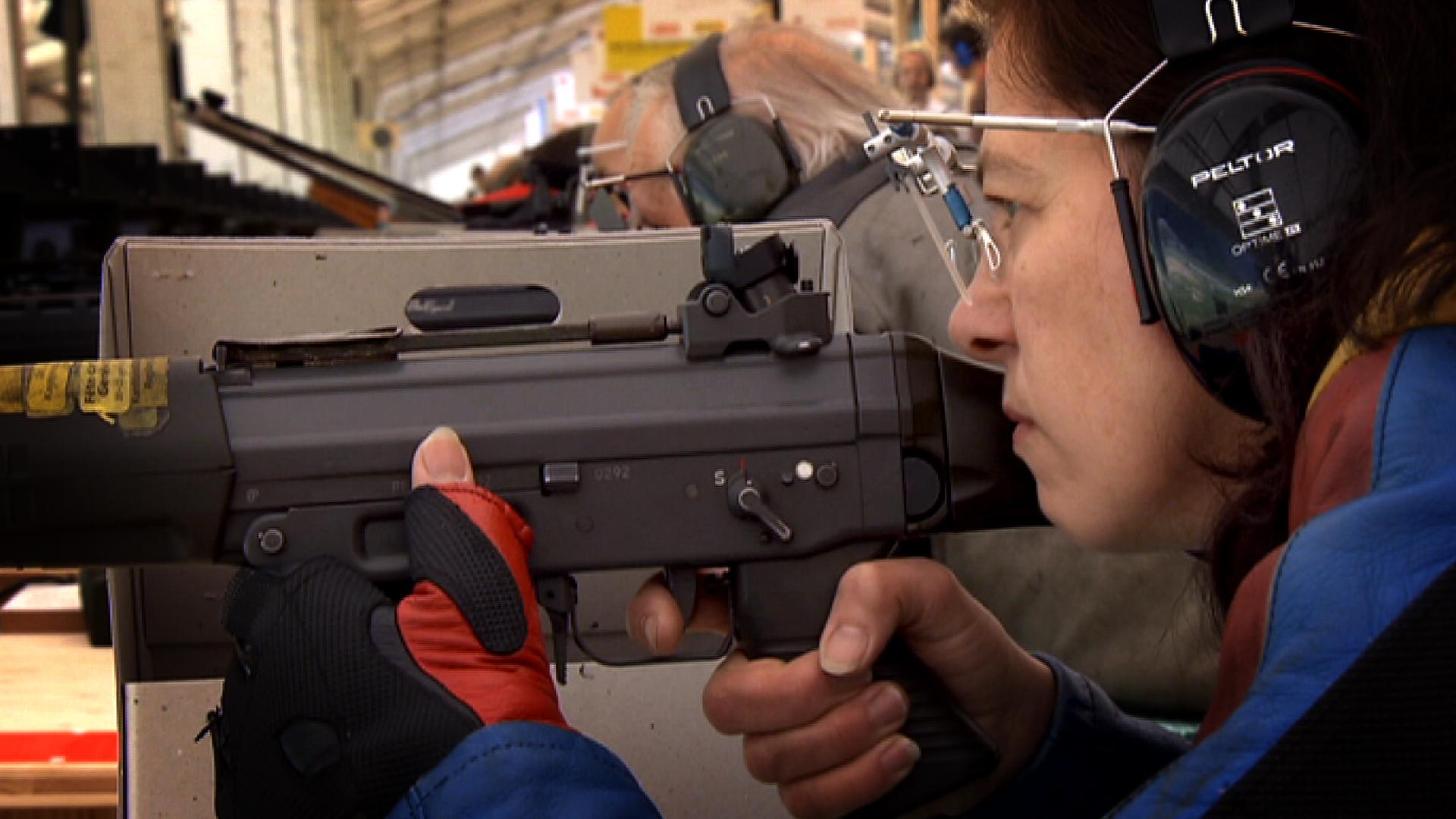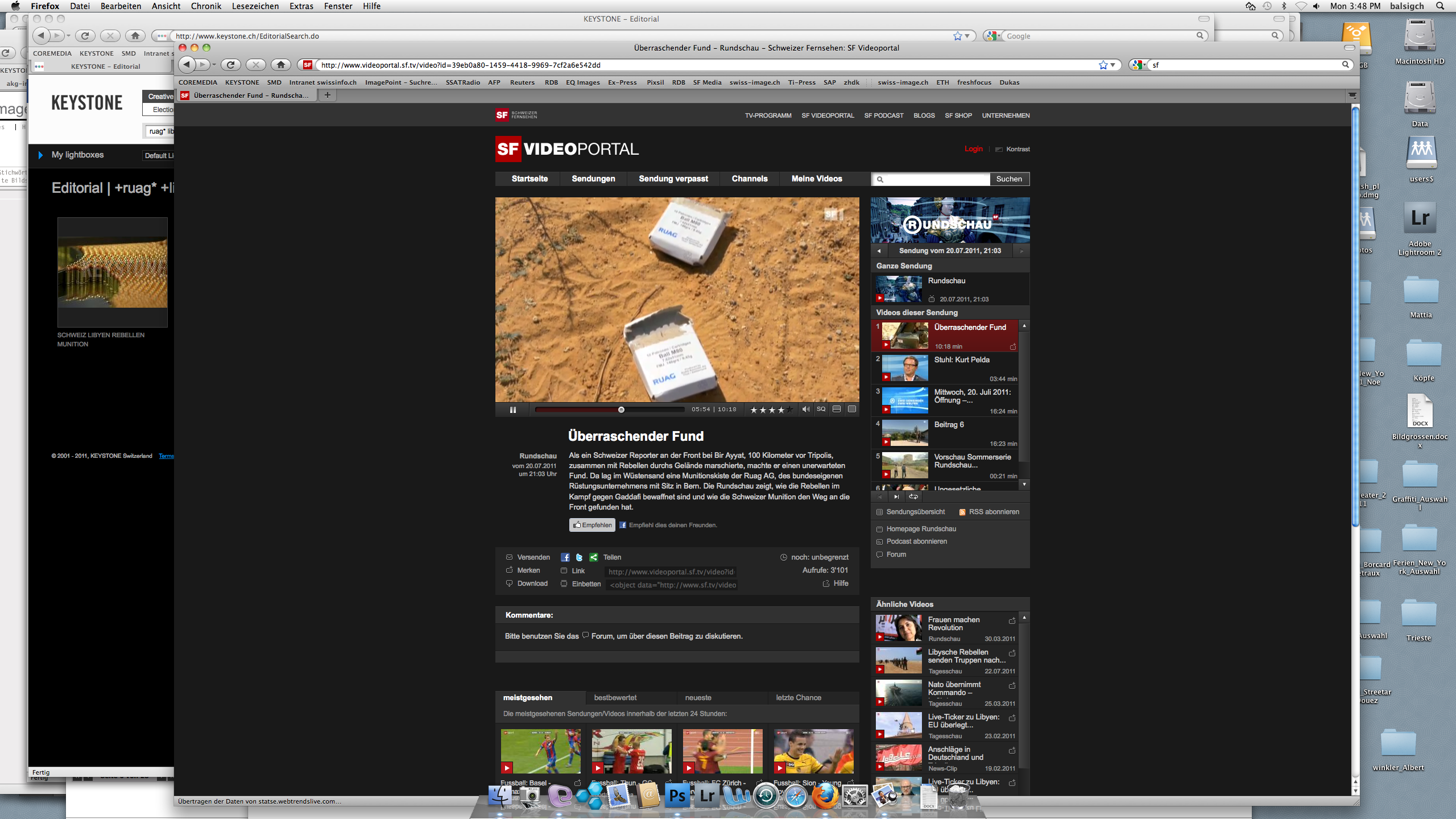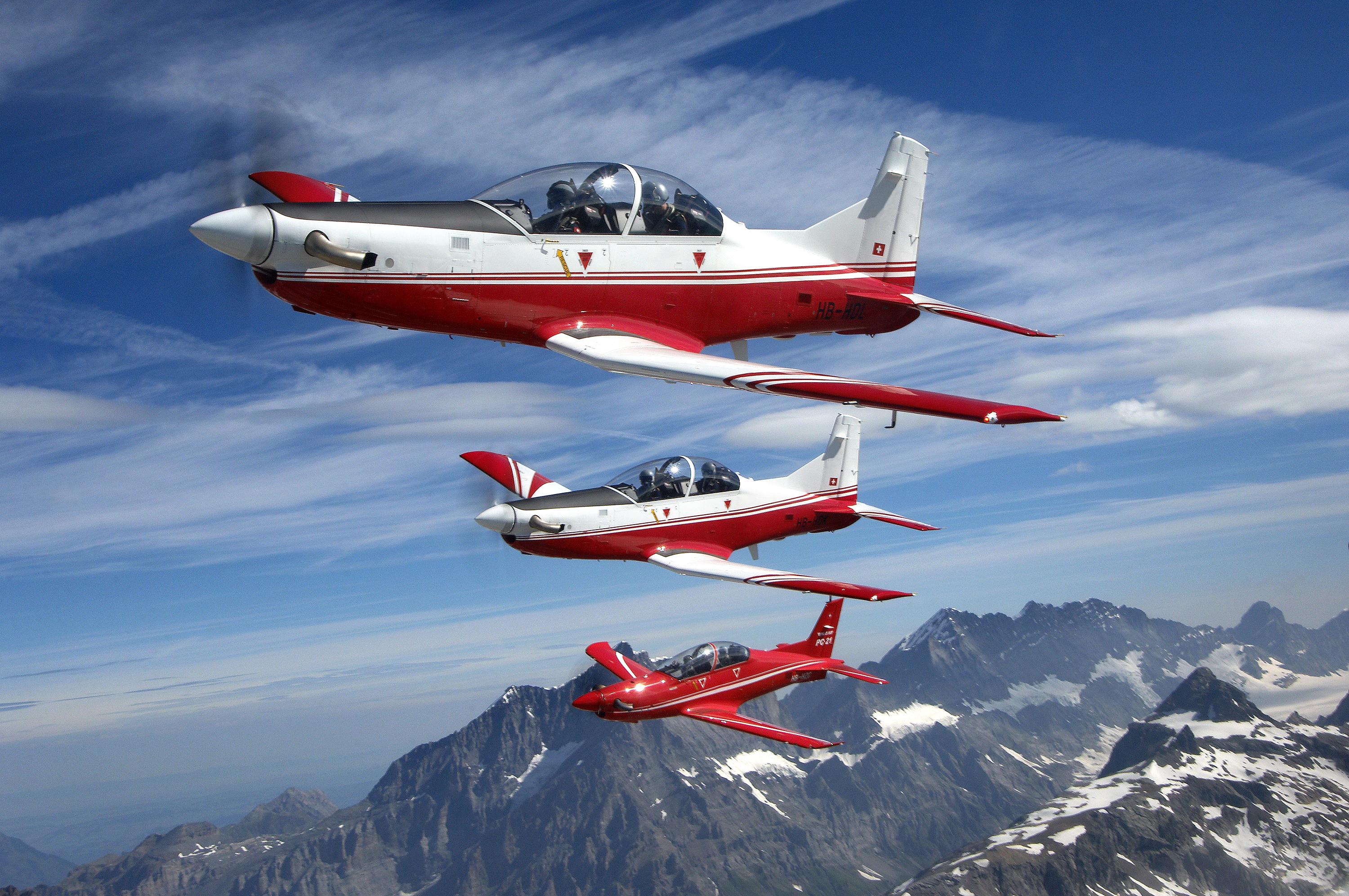Swiss defence firms ‘make in India’

As the world’s biggestExternal link arms importer, India is a big market for Swiss defence firms but it’s not all one way traffic. Private Indian players are helping the Swiss manufacture high-end products for the global market.
It is easy to forget you’re in India when cruising along Hyderabad’s outer ring road. The eight-lane expressway that encircles the southern Indian city of over 6.7 million inhabitants allows cars to reach 120 km/h compared with the sluggish 10 km/h in downtown rush hour traffic.
The expressway also takes you to India’s first aerospace special economic zone – special taxfriendly sites designed to attract foreign investment – located around 50 km from the city. What was once a cluster of village huts and farmland is now home to a 250 acre aerospace cluster.
So far, only one company has set up a plant here – Tata Advanced Systems Limited (TASL). High walls and private security staff guard the production unit and for good reason. Inside, the hangars contain aircraft parts from some of the world’s biggest defence firms like Lockheed Martin, its subsidiary Sikorsky, and Boeing. But also Switzerland’s Pilatus.
It is here that the wings and fuselage of the Pilatus PC-12 aircraft are assembled. This single engine aircraft is used as an air ambulance, business aircraft and by the military for non-combat use like surveillance.

More
From computer software to military hardware
Indian market
As the world’s biggest importerExternal link of arms, India is on every defence firm’s radar. However, a quick glance at Switzerland’s arms exports figures would lead you to believe that Switzerland has missed the boat. Apart from 2012, when over CHF22 million ($21.7 million) worth of air defence systems (control units without guns) were exported to India, average exports during the last decade hovered around a paltry CHF4 million.
The unremarkable Swiss arms exports figures for India however do not reflect reality, as they only apply to equipment specifically built or modified for combat and are not used for civilian purposes. A scrutiny of the separate “industrial products (dual use) and specific military goods” statistics reveal three big shipments in 2012, 2013 and 2014 worth CHF40 million, CHF165 million and CHF80 million respectively.
“The licenses [for the shipments] have been established for the export of non-armed military training aircraft for the Indian Air Force including flight simulators and spare parts,” Juergen Boehler of the State Secretariat for Economic Affairs told swissinfo.ch.
The training aircraft in question is the Pilatus PC-7 MKII. In 2012, India placed a huge order of 75 of these planes for the Indian Air Force that is still having a significant impact on Swiss defence export figures. In 2014, total arms exports from Western Europe fell by 7.4%. But Swiss exports increased by 11.2%, mainly due to the Pilatus PC-7 order from India, according to a recent reportExternal link by the Stockholm International Peace Research Institute (SIPRI).
Swiss export figures will continue to benefit from India’s appetite for military goods, because in 2015 the Indian Air Force exercised the option to buy 38 additional Pilatus PC-7 training planes.

“Pilatus considers India a very significant opportunity from a business growth perspective, particularly in the general aviation sector, for our current and future aircraft types,” Jim Roche, vice-president of government aviation and deputy CEO, told swissinfo.ch. “Our short term strategy has been to develop the market for our PC-7 MkII in the defence sector and our PC-12 aircraft type primarily in the business sector.”
Swiss collaboration
The exponential growth in Indian defence spending and eagerness of global defence firms to penetrate this market has benefited Indian companies like TASL. All defence contracts with India above a certain value come with offset obligations that require any international firm winning a contract to transfer technological know-how or use local suppliers. This is usually worth around 30% of the original deal.
Switzerland’s arms exports sit uncomfortably with the country’s reputation for neutrality and a hub of international diplomacy, especially after revelations of lack of sufficient transparency and due diligence. RUAG – which is majority owned by the Swiss government – was ranked in almost the lowest category in Transparency International’s 2015 anticorruption indexExternal link for defence companies. It scored a dismal 0% in the area of risk management. A RUAG munitions shipment destined for Qatar ended up in the hands of the Libyan opposition thanks to what was described as a “military logistics error” raising doubts of the efficacy of post-shipment inspections. The 2011 sale of machine guns and assault rifles to police services in the Indian states of Orissa and Jharkhand also raised eyebrows. The police in these states are battling an insurgency led by Maoist groups, prompting fears that the weapons could be used to target civilians.
Pilatus too has come in for criticism for using the “dual-use” loophole to circumvent stringent arms export regulations to export training aircraft to countries with a track record of human rights abuses. Since the 1970s, modified, armed Pilatus aircraft are said to have been used in Myanmar, Guatemala, Mexico, Chile, Bolivia, Nigeria, Iraq and Chad, according to the pacifist group Switzerland without an Army.
“Pilatus were looking for partners to fulfil their offset obligations and we were able to demonstrate to them that we had produced high quality output for global companies,” says Sukaran Singh, CEO and managing director of TASL.
But it would be wrong to assume that Indian companies like TASL are only dependent on offsets for survival.
“Our first two projects- Sirkosky and Lockheed Martin – had no offset obligations attached to them,” says Singh. “Of course, they want an entry into India and they anticipate opportunities to sell but the economics have to work.”
The economics did work for Pilatus who transferred the assembly of the PC-12 aircraft from Poland to Hyderabad.
In June 2014, another Swiss defence firm, RUAG, announced a contract with TASL. The deal to manufacture the wings and fuselage of its Dornier 228 aircraft did not have any offset component. According to Volker Wallrodt, senior vice president of RUAG Aviation, the Swiss firm was convinced that Tata was the best partner to ensure greater flexibility in production and offer better value to customers.
Production of the Dornier 228 aircraft is expected to begin in mid-2016 and RUAG has its sights on emerging markets in Asia and Africa where value for money is an important criteria.
“Our DNA is looking for ways to reduce costs for foreign companies,” says Singh. “We are not waiting for Indian orders but are focused on winning global orders.”
The Pilatus and RUAG contracts were very important for TASL, as they gave the company a foothold in Europe. Until then most of their collaborations were with American defence firms.
But Singh is aware that competition for global defence contracts is fierce and that Indian companies are still underdogs when compared to American, European or even Israeli defence firms.
“We hope that more Indian companies enter the defence sector because we need an ecosystem here,” he says.
More private companies are joining the fray and landing global contracts – such as Mahindra that recently signed an agreement to build Airbus helicopters.
Making for India
Besides Tata and Mahindra, several other firms that have jumped into the arms race such as Larsen & Toubro, HCL, Reliance, Rolta, Bharat Forge, Titagarh Wagons, Pipavav Defence and Punj Lloyd.
This defence ecosystem is not just important to woo international defence firms but also to win big Indian defence contracts. So far, these contracts have benefited government-owned companies like Hindustan Aeronautics, Indian Ordnance Factories and Bharat Electronics that have gone on to be ranked 41, 58 and 81 among the largest arms producing companies in the world respectively, according to a SIPRI reportExternal link.
But things are changing. For the first-time ever, a joint bid by Larsen & Toubro, Tata and HCL is in the race to develop battlefield communications in a project baptised Tactical Communications System (TCS) estimated to be worth CHF1.5 billion. Another project open to private players involves developing India’s future infantry combat vehicle. Nine private companies have expressed interest in the project, estimated to be worth around CHF7.5 billion. Eventually, in the quest for more indigenisation, big defence projects will have to be opened up to the private sector and companies with a track record of delivering projects to international standards will be well-placed to win them.

In compliance with the JTI standards
More: SWI swissinfo.ch certified by the Journalism Trust Initiative













You can find an overview of ongoing debates with our journalists here . Please join us!
If you want to start a conversation about a topic raised in this article or want to report factual errors, email us at english@swissinfo.ch.